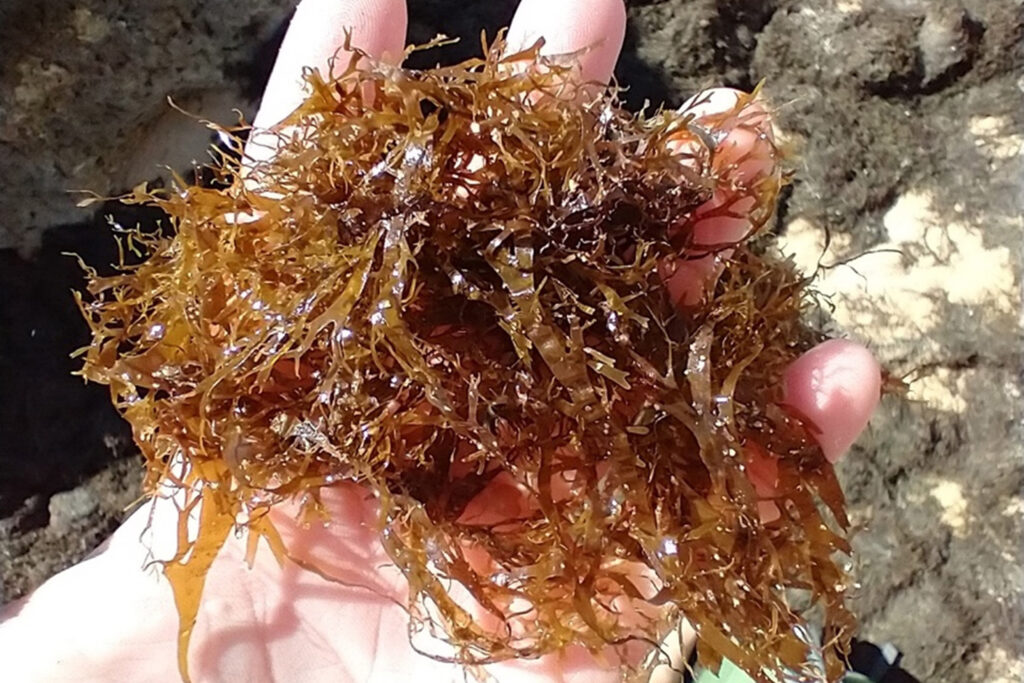For the second year running, researchers from the Center for Marine Sciences and the University of Algarve (UAlg) are calling for citizens to collaborate in the identification of large accumulations of algae that appear in the sea or on the beaches of the Portuguese coast, including the Azores and Madeira. .
By “Algae on the Beach” platform, anyone can submit a set of information about the algae found.
«It is normal to find algae in the sea and on beaches, but when we find excessive accumulations of algae, we may be facing phenomena resulting from excess nutrients from urban effluents or excessive fertilization in agriculture. They can also be a phenomenon caused by invasive algae, which have a very negative impact on native species on our coast", says UAlg.
When algae grow excessively, they can harm biodiversity, fisheries and the beach's environmental quality.
The “Algas na Praia” platform facilitates sending researchers a set of information about accumulations of algae found along the Portuguese coast, allowing them to answer several questions: what species are they? When and where do they take place? What is at its origin? What are its impacts? Are these accumulations becoming more or less frequent?
The results obtained from the monitoring carried out in the summer of 2021, during which 96 records were submitted on the “Algas na Praia” platform, allowed the identification of three distinct zones of algae accumulation on the southern coast of the Algarve.
Between Lagos and Olhos de Água, the brown algae Rugulopterix okamurae, an invasive species native to the seas of Korea/Japan, dominated; between Vilamoura and Praia de Faro, dominated the red alga Asparagopsis armata, an invasive species originating in Australia and between the islands of Armona and Vila Real de Santo António, the green alga Ulva sp., an indigenous species of our coast, proliferated.
This year, algae accumulations have already started to be recorded on the beaches of the south coast of the Algarve.
According to Rui Santos, a professor at the University of the Algarve and a researcher at CCMAR, «the records that will be submitted this year, together with the data obtained last summer, will make it possible to identify the key environmental conditions for the proliferation of algae and define strategies to remove and use this biomass that is washed up on the coast'.
Although the working group does not remove seaweed on the beach, "it will work to contact the competent authorities whenever justified, taking advantage of the scientifically removed seaweed and its potential health benefits", he guarantees. to UAlg.
In addition, through the NUTRISAFE project, researchers are also looking to develop a new food supplement from invasive algae that accumulate on beaches.
Dina Simes, professor at the University of Algarve and CCMAR researcher, responsible for this project, points out that «some of these algae have compounds with anti-inflammatory characteristics and vascular and pulmonary protection, so they can be used in food supplements that reduce comorbidities associated with aging and chronic inflammatory diseases'.



















Comments